The first is the problem of approving investment policies at the same time as approving investors for all social housing projects and commercial housing projects where investors have land use rights in accordance with the planning. Regarding this problem, according to HoREA, at the time of implementing the investment policy approval procedure, it is the initial procedure for the chain of construction investment procedures. Therefore, when the investment policy approval procedure is "stuck", the project is "frozen", unable to continue with other construction investment procedures. It should only be necessary to stipulate that the appraisal of the suitability of investment projects with planning must be in accordance with the zoning plan or the general plan, which is more appropriate, or only stipulate that it is in accordance with the general plan in Resolution 98 of the National Assembly , which is being piloted for Ho Chi Minh City.
This way of improving administrative procedures or this improvement has not really imbued the spirit of administrative procedure reform, is not close to reality, and shows signs of not improving. Because in the past, enterprises were allowed to carry out investment and construction procedures in parallel, now they almost have to carry out each administrative procedure sequentially.
HoREA finds that the regulation that investment projects must comply with detailed planning (if any) only applies to cases where the State conducts auctions of land use rights or bids for projects using land to select investors. However, this regulation is completely inappropriate for cases where the investor enterprise already has land use rights in accordance with the planning and proposes to have the investment policy approved at the same time as the investor approved according to the provisions of Clause 4, Article 29 of the Investment Law 2020.
The second problem is the regulation on residential land or residential land and other land when requiring investors of commercial housing projects to have the right to use residential land; have the right to use residential land and other land that is not residential land that meets the conditions for permission to change land use purposes to implement investment projects. This causes hundreds of commercial housing projects nationwide that do not have 100% residential land or do not have residential land and other land that is not residential land, that is, only 100% agricultural land or only 100% non-agricultural land that is not residential land, to not be recognized as investors of commercial housing projects. Although these investor enterprises have received the transfer of land use rights for agricultural land or non-agricultural land that is not residential land. Therefore, since July 1, 2015 (Housing Law 2014 takes effect), these enterprises have encountered great difficulties because they have spent huge costs to create land funds.
Currently, point b, clause 1 and clause 6, article 128 of the draft Land Law (amended) only allow for the case of using land to implement a commercial housing project to agree on receiving the right to use residential land or in the case of implementing a commercial housing project, there must be the right to use residential land or residential land and other land. This means that investors are not allowed to agree on receiving the transfer of land use rights for residential land or residential land and other land or other land that is not residential land or are not allowed in the case of investors having the right to use other land that is not residential land to implement a commercial housing project. Therefore, Point b Clause 1 and Clause 6 Article 128 of the draft Law on Land (amended) did not fully inherit the provisions in Clause 1 Article 73, Point b Clause 1 Article 169, Clause 2 Article 191 and Clause 1 Article 193 of the Law on Land 2013 which allowed economic organizations to receive the transfer of land use rights of land types suitable for planning to implement investment projects, including commercial housing projects. In case of receiving the transfer of agricultural land use rights, there must be a written approval from a competent state agency.
Meanwhile, the type of commercial housing projects with 100% residential land accounts for only about 1% of the total number of commercial housing projects and are all very small projects because there is almost no residential land plot with an area of over 5,000m2 . The type of commercial housing projects with residential land and other land that is not residential land is common, accounting for about 95% of the total number of commercial housing projects. The type of commercial housing projects with other land that is not residential land accounts for only about 5% of the total number of commercial housing projects and are all large-scale projects that need to be encouraged to develop.
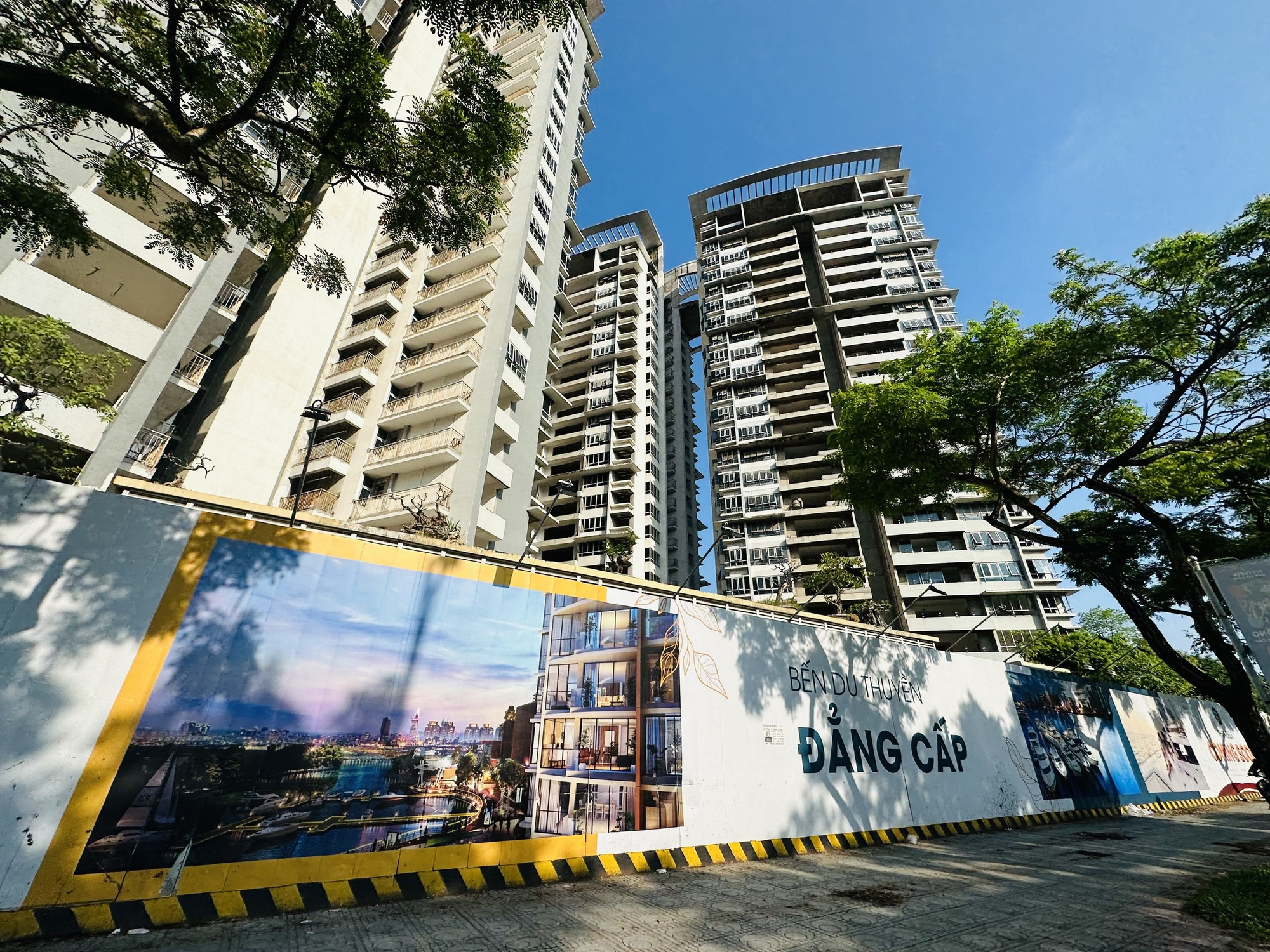
Many projects are still "frozen" due to legal regulations.
The third problem is the procedure for adjusting the 1/2,000 scale zoning plan, which is the responsibility of the competent state agency so that enterprises have a basis to develop the detailed 1/500 scale plan of the investment project. The reason is due to "population size ceiling" and many 1/2,000 scale zoning plans have not been updated and adjusted in time, so they do not meet the needs of investors.
For example, the actual population size of Ho Chi Minh City is about 13 million people, but the population size according to the census results on April 1, 2019 is only 8.9 million people or the population size of Binh Thanh district by 2020 is regulated to be 560,000 people, but in 2014 the actual population size of this district was 560,000 people. If the actual population size is not calculated correctly, it will be impossible to implement urban renovation projects or develop new urban areas because there is no longer a "ceiling" for population size.
Ho Chi Minh City has more than 600 1/2,000 scale zoning plans, including projects that are no longer suitable and need to be adjusted, but have not been adjusted in time, especially for the previous 1/2,000 scale zoning plans that were implemented according to the administrative boundaries of commune and district levels, which need to be integrated. Therefore, Resolution 98 of the National Assembly also requires that zoning plans and detailed plans must be approved or approved for adjustment according to the provisions of law before preparing the Investment Feasibility Study Report and implementing the next steps of the project.
The fourth problem is the specific land valuation procedure, land appraisal, land price decision to calculate land use fees, land rent for real estate projects, commercial housing or competent state agencies request to check and calculate land use fees, land rent arising (if any). This problem is mainly in the application of Decree 44 in practice. As of March 2023, Ho Chi Minh City has about 100 commercial housing projects with 81,000 apartments that have not been granted pink books.
The fifth problem is that competent state agencies are slow to issue regulations on handling the area of land managed by the State (public land) interspersed in commercial housing projects. Due to the lack of this regulation, for more than 6 years, from July 1, 2014 (Decree 43 took effect) to February 8, 2021 (Decree 148 took effect), there has been no mechanism regulating the handling of the area of public land interspersed in commercial housing projects. To date, Decree 148 has been in effect for nearly 3 years, but there are still a number of provinces and centrally run cities that have not issued regulations guiding its implementation. This has caused many commercial housing projects to be "stuck" in the procedures for approving investment policies or "stuck" in the procedures for specific land valuation, land appraisal, and land price decisions to calculate land use fees and land rents.
The sixth problem is that Clause 2, Article 49 of the 2014 Law on Real Estate Business stipulates that the transfer of a project or part of a commercial housing project is only allowed when the investor has a pink book for the entire or part of the transferred project and has fulfilled the financial obligation to pay land use fees and land rent to the State. Because this regulation has not been amended, it is not flexible and not close to reality as stipulated in Clause 1, Article 10 of Resolution 42 of the National Assembly on piloting the handling of bad debts of credit institutions, which does not stipulate the condition of having a pink book for the project and also does not stipulate that the investor must fulfill the financial obligations for the project.
The seventh problem is that the 2014 Law on Real Estate Business does not regulate the act of depositing for the purpose of concluding a contract (before the time of eligibility to sign a contract to mobilize capital to sell real estate and future housing) to specify the provisions on deposits in Article 328 of the Civil Code. This has created a legal loophole for speculators, land brokers, and dishonest businesses to take advantage of and receive large deposits. Even up to 90 - 95% of the contract value is for the purpose of defrauding and appropriating customers' assets (a typical example is the Alibaba Company case).
Source link


![[Photo] Hanoi morning of October 1: Prolonged flooding, people wade to work](https://vphoto.vietnam.vn/thumb/1200x675/vietnam/resource/IMAGE/2025/10/1/189be28938e3493fa26b2938efa2059e)

![[Photo] Keep your warehouse safe in all situations](https://vphoto.vietnam.vn/thumb/1200x675/vietnam/resource/IMAGE/2025/10/1/3eb4eceafe68497989865e7faa4e4d0e)
![[Photo] President of the Cuban National Assembly visits President Ho Chi Minh's Mausoleum](https://vphoto.vietnam.vn/thumb/1200x675/vietnam/resource/IMAGE/2025/10/1/39f1142310fc4dae9e3de4fcc9ac2ed0)




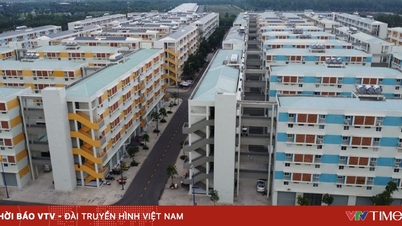



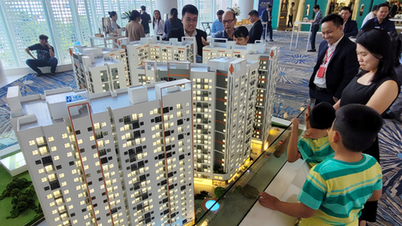

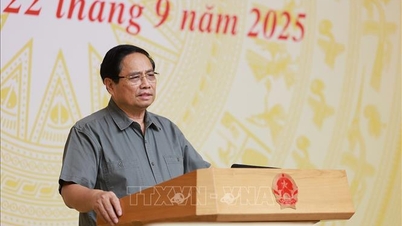






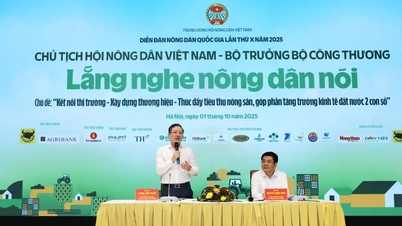











































































Comment (0)